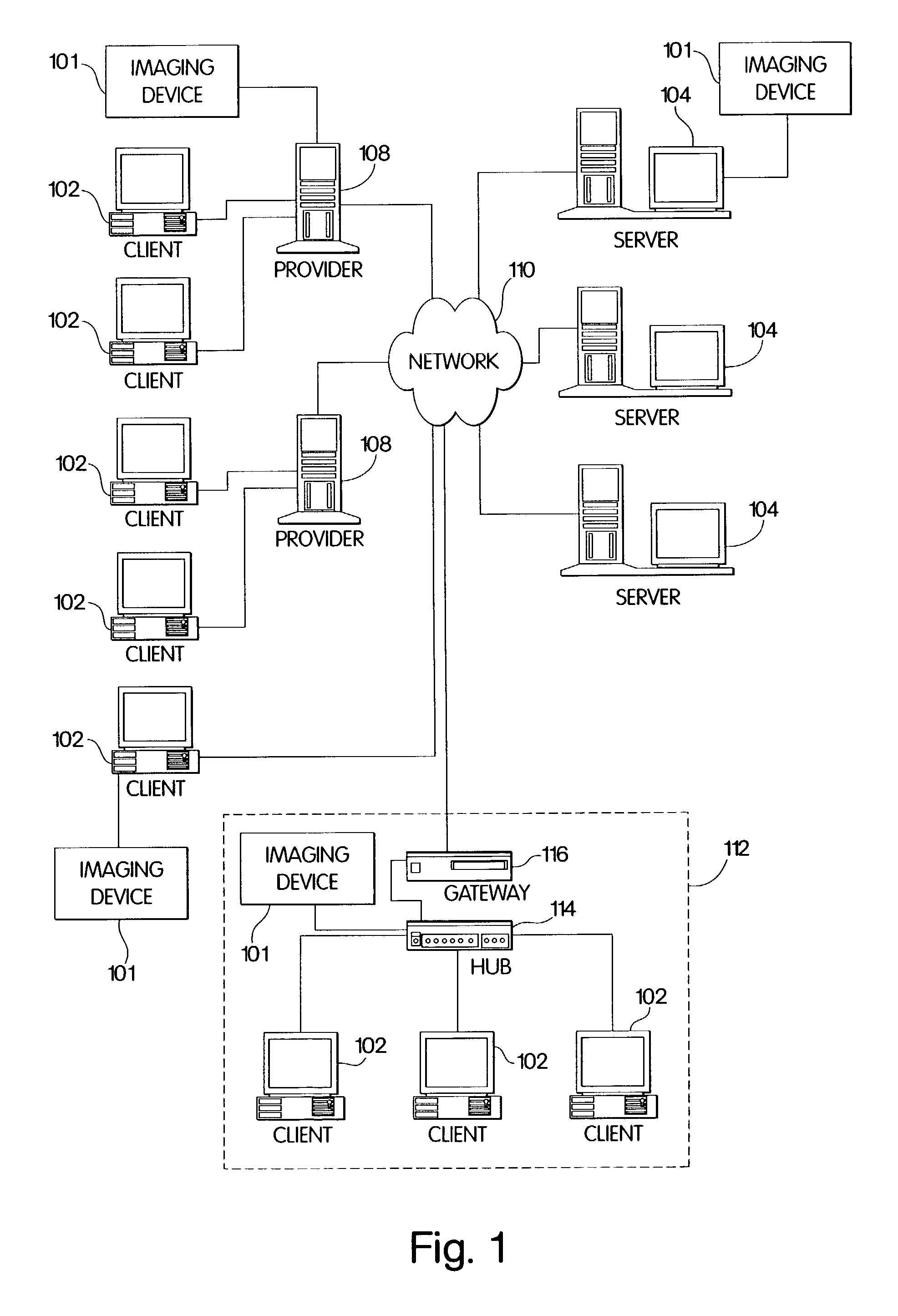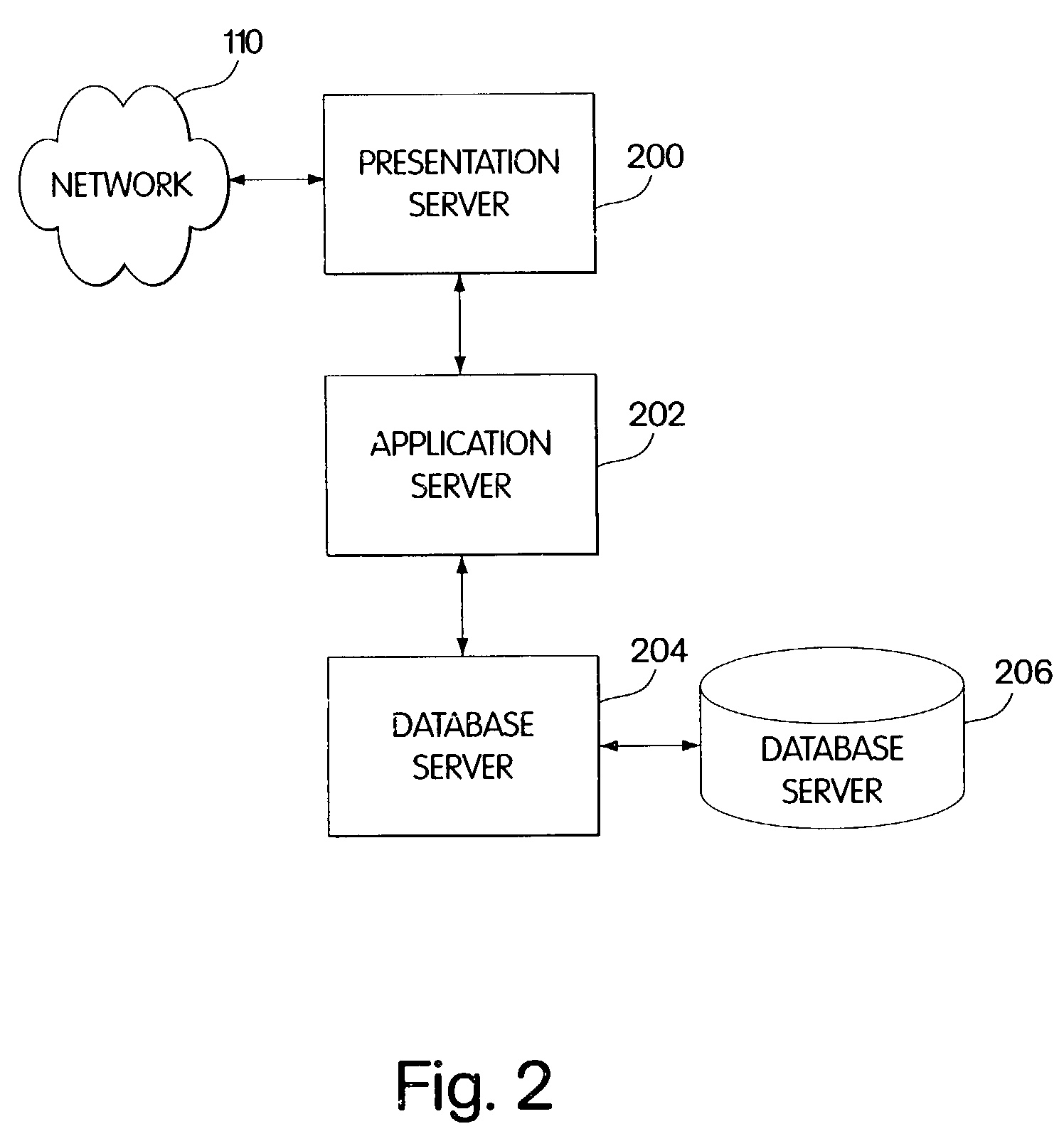Systems for analyzing microtissue arrays
a tissue array and array technology, applied in image analysis, image enhancement, instruments, etc., can solve the problems of tissue microarrays also presenting specialities, slowness, and laborious process, and achieve the effect of reducing labor intensity, reducing labor intensity, and reducing labor intensity
- Summary
- Abstract
- Description
- Claims
- Application Information
AI Technical Summary
Problems solved by technology
Method used
Image
Examples
Embodiment Construction
[0012]To provide an overall understanding of the invention, certain illustrative embodiments will now be described, including a system for automated analysis of a tissue microarray. However, it will be understood that the methods and systems described herein can be suitably adapted to any environment where a number of approximately regularly spaced specimens are to be visually inspected in some systematic fashion. For example, the systems and methods are applicable to a wide range of biological specimen images, and in particular to analysis or diagnosis involving cellular, or other microscopic, visual data. These and other applications of the systems described herein are intended to fall within the scope of the invention.
[0013]FIG. 1 shows a schematic diagram of the entities involved in an embodiment of a method and system disclosed herein. In a system 100, one or more imaging devices 101, a plurality of clients 102, servers 104, and providers 108 are connected via an internetwork 1...
PUM
 Login to View More
Login to View More Abstract
Description
Claims
Application Information
 Login to View More
Login to View More - R&D
- Intellectual Property
- Life Sciences
- Materials
- Tech Scout
- Unparalleled Data Quality
- Higher Quality Content
- 60% Fewer Hallucinations
Browse by: Latest US Patents, China's latest patents, Technical Efficacy Thesaurus, Application Domain, Technology Topic, Popular Technical Reports.
© 2025 PatSnap. All rights reserved.Legal|Privacy policy|Modern Slavery Act Transparency Statement|Sitemap|About US| Contact US: help@patsnap.com



